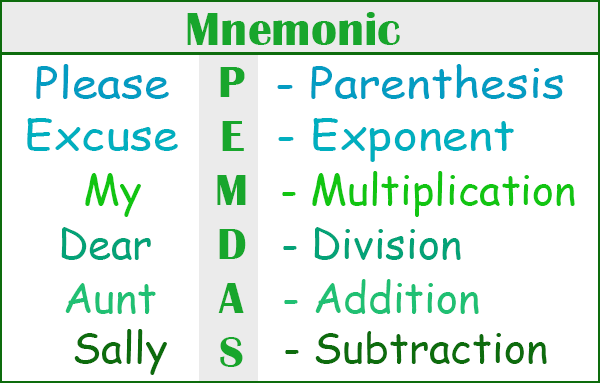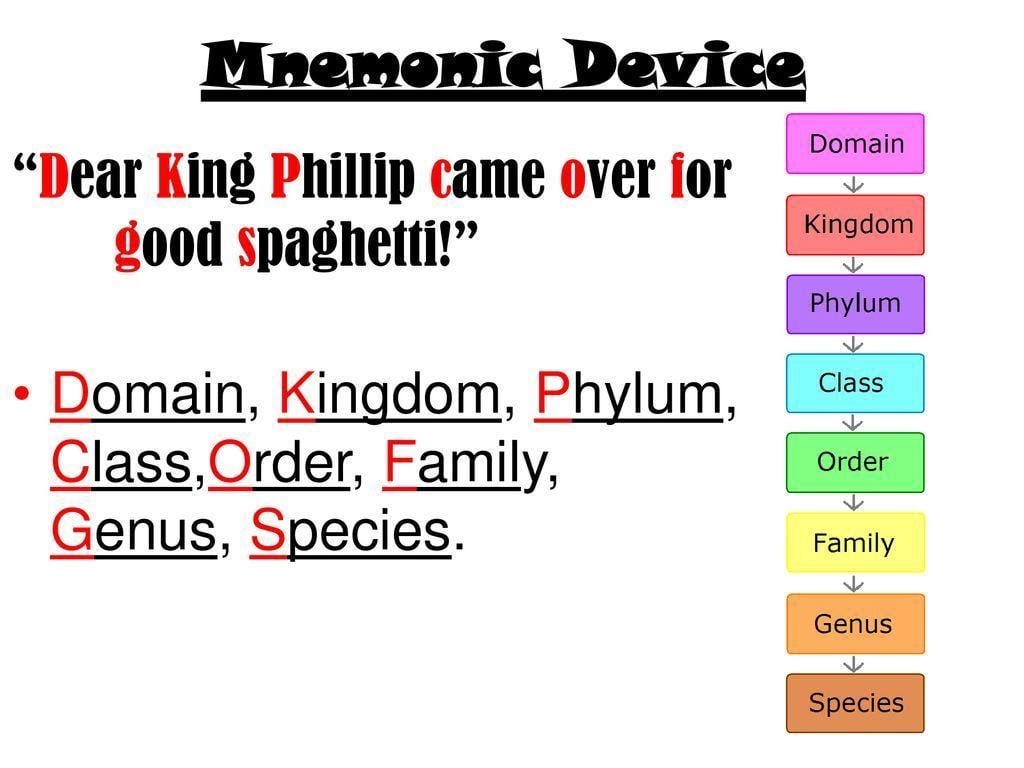 Anyone who has studied for the MCAT will tell you: there is A LOT to learn. At times, learning new information about your own body can feel pretty rewarding. Other times, the sheer magnitude of information you are responsible for can feel quite overwhelming. At its best, conquering content related to the MCAT should feel like an ambitious challenge: something that is definitely possible, but will take hard work.
Anyone who has studied for the MCAT will tell you: there is A LOT to learn. At times, learning new information about your own body can feel pretty rewarding. Other times, the sheer magnitude of information you are responsible for can feel quite overwhelming. At its best, conquering content related to the MCAT should feel like an ambitious challenge: something that is definitely possible, but will take hard work.
When establishing the sound foundation required to perform well on the MCAT, mnemonics are your best friend.
Why use mnemonics?
The MCAT covers a variety of academic content: general and organic chemistry, biology, biochemistry, physics, psychology, and sociology. This means that there are chemical laws, reaction mechanisms, biological processes, biochemical pathways, electrochemical formulas, and developmental theories that all require memorization. The good news is that your brain is already hard-wired to perceive and encode (place into long-term memory) all of this information quickly.
What are mnemonics?
Quick! Which operation is performed first when solving a math equality: multiplication or subtraction?
If you’re like most people, you knew the answer was multiplication immediately because you memorized the acronym mnemonic “Please Excuse My Dear Aunt Sally” back in elementary school. Acronym mnemonics and a few more of my favorite mnemonics strategies are defined below:
Acronym mnemonic: combining the first letter of each item in a list to create a new word (e.g. PEMDAS)

Mathematical Order of Operations

Taxonomy hierarchy rankings
Rhyming mnemonic: combining the first letter of each item in a list to create a new phrase or sentence (e.g. Dear King Phillip came over for good soup)
Peg word system: associating each item in a list with another item in a previously-memorized list in a one-to-one fashion (e.g. counting numbers: 1 = sun, 2 = shoe, 3 = tree, 4 = store)
Method of loci: associating information in a list with a previously-memorized spatial environment (e.g. walking in one’s home: door = store, hall = ball, bedroom = broom)
Mnemonics for the MCAT
While it is unlikely that the Order of Operations or Taxonomy hierarchy provided will score you big points on test day, here are two high-yield mnemonics just for the MCAT.
The STOP codons signaling termination of translation are: U Go Away, U Are Away, U Are Gone
- U Go Away (UGA): Uracil, Guanine, Adenine
- U Are Away (UAA): Uracil, Adenine, Adenine
- U Are Gone (UAG): Uracil, Adenine, Guanine
The peptide hormones released by the Anterior pituitary gland are: FLAT PEG
- Follicle-stimulating hormone (FSH): induces spermatocyte nourishment in males and oocyte follicle production in females
- Luteinizing hormone (LH): induces testosterone release in males and Luteal surge (occurs before ovulation) in females
- Adrenocorticotropic hormone (ACTH): induces cortisol release from the Adrenal Cortex
- Thyroid-stimulating hormone (TSH): induces thyroid hormone (T3T4) release from the thyroid gland
- Prolactin: induces breast milk lactation after childbearing (inhibited at birth)
- Endorphins: released as the body’s natural painkiller
- Growth hormone (GH or HGH): induces cell growth and blood glucose levels
These are just some mnemonics to get you started, so feel free to make up your own. Good luck!

Comments